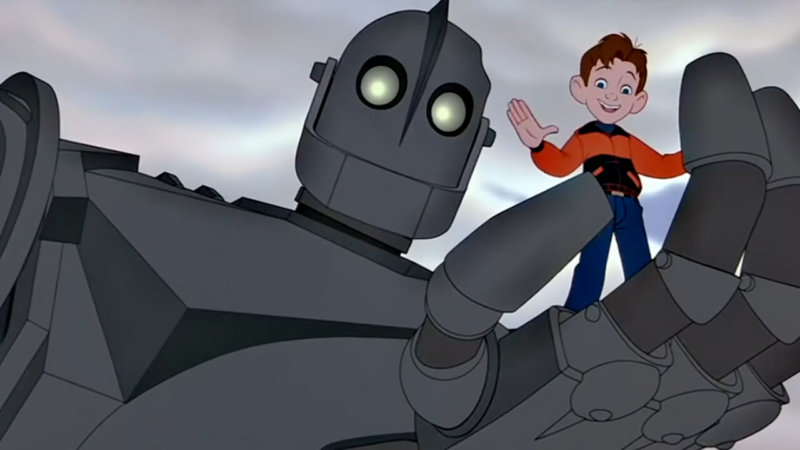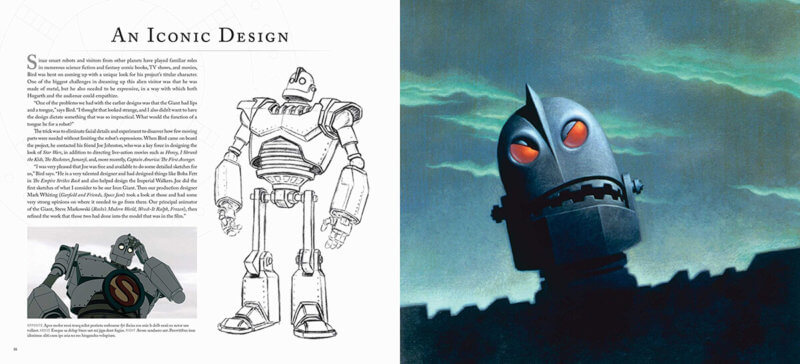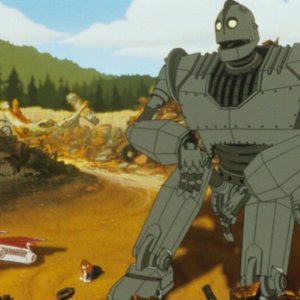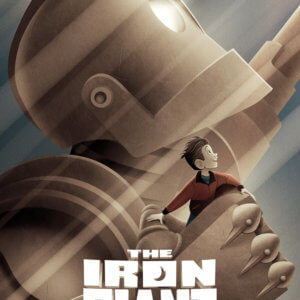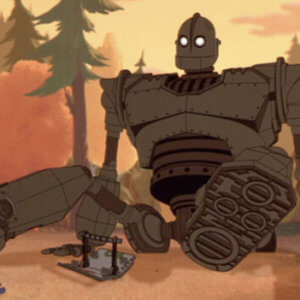Souls Don’t Die: The History and Legacy of The Iron Giant’s Platinum Year
2019 marks the 20th anniversary for The Iron Giant, arguably one of the best animated films released in the nineties; some would say of all time. The film was released during a time when the animation industry was changing with the introduction of computer animated feature length films from the likes of Pixar and Dreamworks as well as the competition of high quality hand drawn animation from Walt Disney Animation Studios.
Blending hand-drawn and computer animation styles, the story of a boy befriending a giant robot in a small American town during the Cold War, has grown to become a cult icon among cinema-goers when it made its way to home video. With multiple re-releases from one format to the next – being introduced to a new generation of audiences – the film has been through, both before it was released and during the past two decades since it’s original theatrical release. So, join us as we look into the history and talent that turned a Sixties science fiction fairy tale into an animated piece of gold.
Development
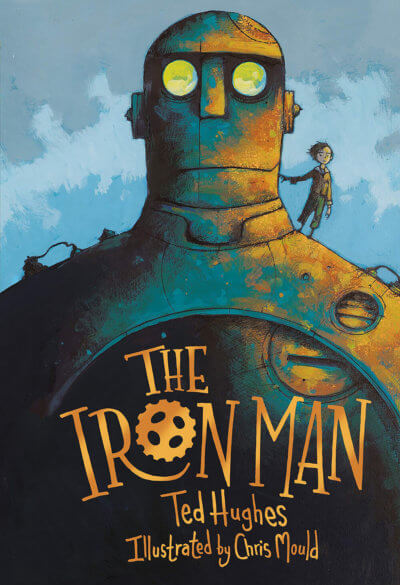 Based on the 1968 book The Iron Man from Ted Hughes, the film was originally going to be a musical, throughout a two year pitching period from Des McAnuff and Pete Townsend. But a pitch from Brad Bird was enough to convince Warner Brothers to accept his version of the story with the key sentence “What if a gun had a soul?”; selling the studio an interesting concept. Tim McCanlies was brought on board to write the script after his work as screenwriter for films such as North Shore and Dennis the Menace Strikes Again!.
Based on the 1968 book The Iron Man from Ted Hughes, the film was originally going to be a musical, throughout a two year pitching period from Des McAnuff and Pete Townsend. But a pitch from Brad Bird was enough to convince Warner Brothers to accept his version of the story with the key sentence “What if a gun had a soul?”; selling the studio an interesting concept. Tim McCanlies was brought on board to write the script after his work as screenwriter for films such as North Shore and Dennis the Menace Strikes Again!.
Warner Brothers were struggling to start off their animation branch, with their previous animated film Quest for Camelot failing at the box office, which resulted in a reduced budget and shorter production schedule to animate the The Iron Giant. Brad Bird certainly had a large task ahead of him, especially since this was his debut as a director for a feature film after working on The Simpsons, King of the Hill and The Critic.
Furthermore, the Iron Giant itself was modeled with computer animation to stand out from the cast of hand-drawn animated characters. The animation team had to make sure that the characters could look authentic around this metallic behemoth and make sure it would be placed effectively within the set pieces and landscapes.
Release & Marketing
After the film’s production was completed under the leadership of Brad Bird, the time came for the film to be marketed and released among the cinema-goers of 1999. But Warner Brothers, who were the distributors as well as producers of the film, wanted to delay the film’s release and wait for the opportunity to distribute it with less competition around. The Iron Giant was screened for a test audience and received a massive response, which made the studio consider delaying the film instead of screening it to a mass audience with little marketing. Brad Bird even confessed in an interview with Indiewire that he was also involved with the film’s lack of financial success saying:
I was feeling cocky because the scores were so good, and I said to just put it out there. So they did, and no one knew what the hell it was. I’ll take part ownership in pushing it out into the world too soon as well.
In the summer of ’99, The Iron Giant struggled to stand tall among the already stellar summer lineup of Tarzan, Star Wars Episode One: The Phantom Menace, The Mummy, Notting Hill and South Park: Bigger, Longer and Uncut. This packed summer full of widely marketed films dominated the box office and, unfortunately, left Warner Brothers’ film in the dust, as audiences were more aware and invested with these other releases. It made just over $30million worldwide; with a budget of $50million dollars, the film ultimately tanked by the end of the summer.
Home Video and Its Legacy
Despite its results at the box office worldwide, could the film gain it’s money back and gain new fans with the release to the home entertainment market?
The first VHS tapes and DVD discs were released on the 23rd November the same year and Warner Brothers were determined to give The Iron Giant another chance. The studio focused on multiple brand deals and gave out discounted coupons at screenings of Pokemon: The First Movie and partnered up with Cheerios to promote the film’s home release with boxed prizes. It also helped that the film won major awards in the animation categories at the Annies and BAFTAs.
Over time it gained a cult following when it was released on home video – that led to re-releases on DVD to introduce itself to new audiences over the next twenty years. The Iron Giant was re-released and broadcast on television again and again with the Signature Edition given a theatrical release and headed to Blu-Ray for the first time in 2015.
The giant may have gone through multiple iterations and not have stood among the stars during its initial run, but it has become an important cult icon that any animation enthusiasts should see. It has remained arguably one of Brad Bird’s best films since he sat in the director’s chair; and one of the finest animated films that have been produced from Warner Brothers.



